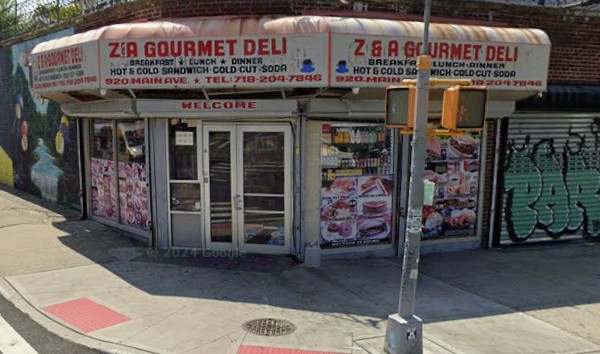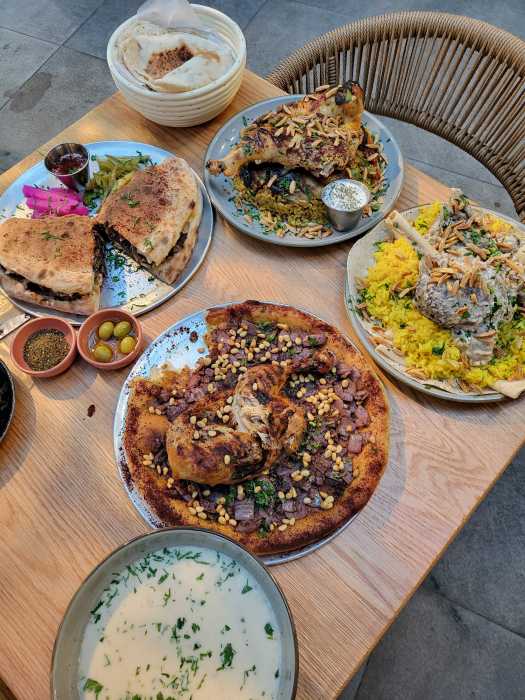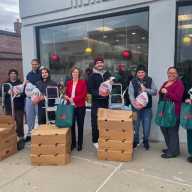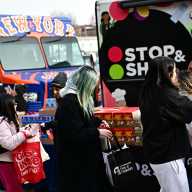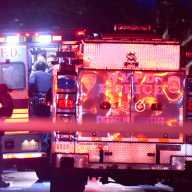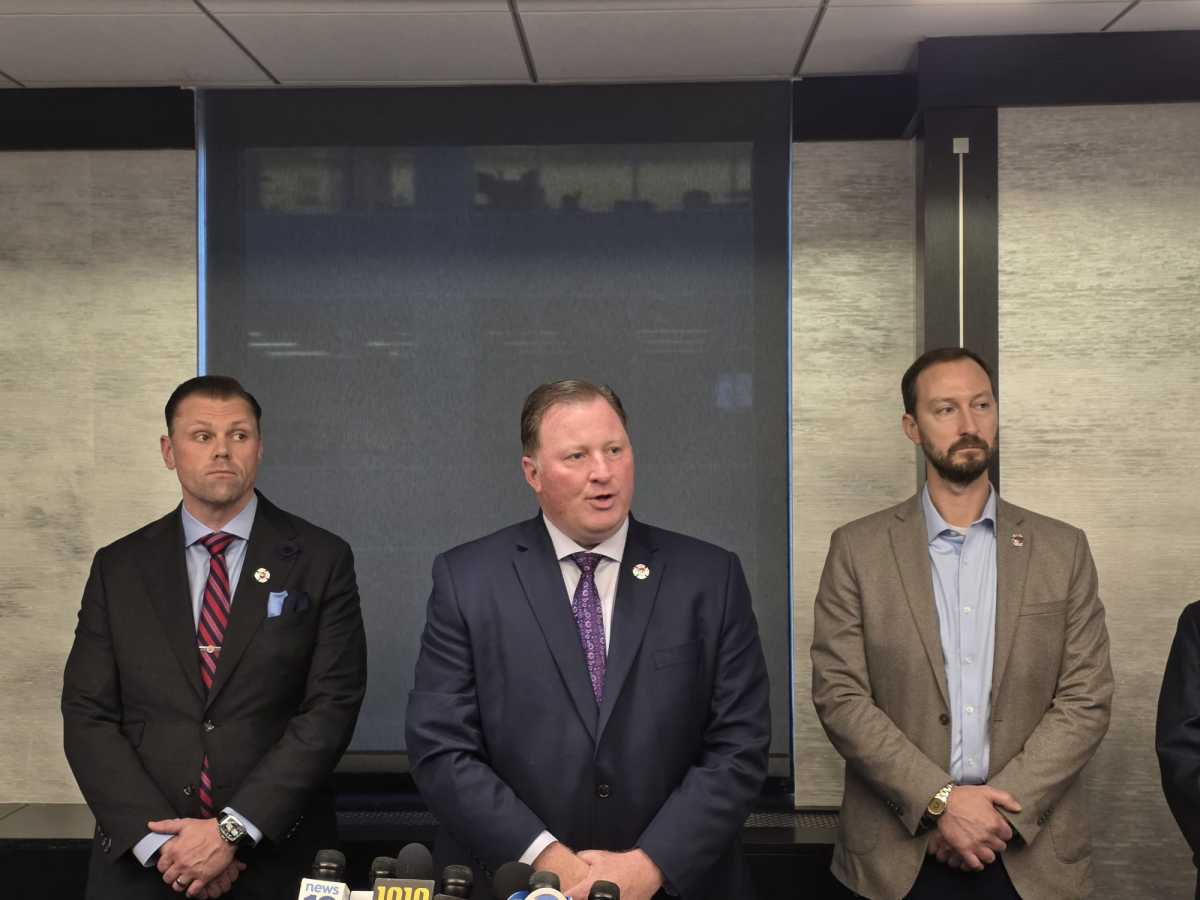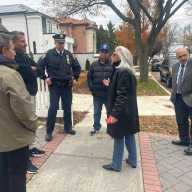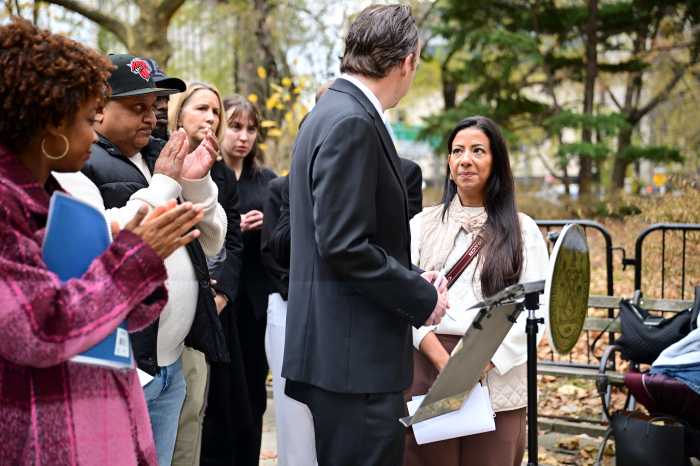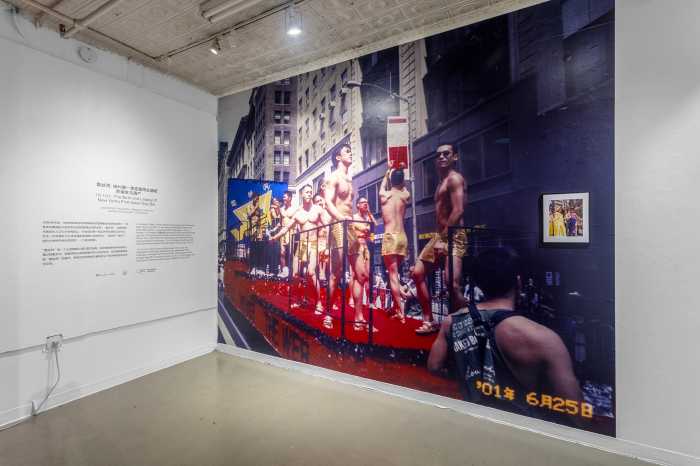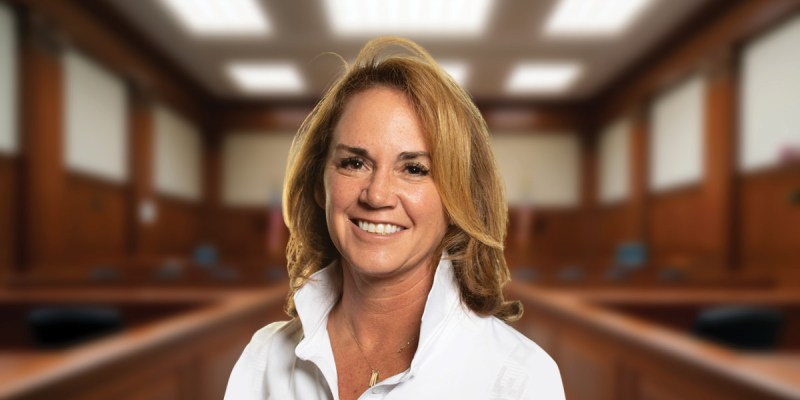“In my opinion, I think that this is very annoying and I think people will agree,” A. Falcon, a fifth-grader at P.S. 290Q in Ridgewood, said about New York City’s public schools shutting down as a result of the coronavirus outbreak.
For Falcon — whose mother requested her son’s full name not be used — and many of the 1.1 million students in NYC’s school system, the largest school system in the country, the city’s decision to close schools was an abrupt, but necessary measure to stop the spread of the pandemic.
“For many people, school is really fun. You get to meet new friends and goof around at recess after learning new things,” Falcon told QNS. “And for teachers, they get to pass down knowledge to their students. Not only is there math and ELA, but also specials like P.E., science, art and music! But then it came along to the U.S.”
The decision to close schools wasn’t an easy or quick one. Mayor Bill de Blasio and Schools Chancellor Richard Carranza received pushback from many parents, educators and fellow elected officials who felt that schools should’ve closed much sooner.
Jamie A., a ninth-grader at Brooklyn Technical High School who aspires to work in the medical field, feared for her classmates and their families.
“I was worried about the disease spreading throughout all of the public schools because although the death rate was low, the more people who get it, the more will die,” Jamie A. said. “I was especially worried for those who have family members with compromised health because if the children carried it home it would put those family members at risk.”
Although schools are closed until Monday, April 20, students still have about three months left of classes. De Blasio recently said there’s a good chance schools won’t open again for the rest of the school year.
As a result, a whole new way of learning and teaching had to take place — remote learning. In anticipation of the city announcing schools would close, many schools throughout the city began to prepare by creating packets and homework for students to take home.
The Department of Education (DOE) then gave teachers a week to train for virtual education, where many teachers, some of which never used online tools, got familiar with resources like Google Classroom and Zoom. Remote learning officially kicked off on March 23.
“I feel sad I cannot see my friends,” said Jordan Turkoglu, a first-grader at P.S. 290Q. “I have some school work but it’s not a lot and I feel sad I cannot see my teacher. I’m happy because I saw some of my friends on video yesterday. I do want to play with my friends but now I cannot.”
Adrianna Tolentino, a seventh-grader at I.S. 126Q in Long Island City, said she enjoyed her first day of remote learning.
“It’s not too stressful and you can work at your own pace without the teacher going too fast during the lesson,” she said. “But I had many questions about my work and the teacher can’t answer the questions right away, so that wastes time and the students might end up doing the assignment wrong if they don’t get it either.”
Amin Malik, a second-grader at P.S. 84Q in Astoria, said he feels confident about remote learning.
“Yesterday we learned about money in my math class, and it was helpful because there were videos that helped me understand. It was fun to see comments from my friends on the computer,” Malik said. “But I miss school because there are a lot of fun activities like gym, and you get to make a lot of friends. I didn’t do my music class yet on my computer and I hope it will be like class at school where we get to learn about different singers. I miss hearing my music teacher, Miss Schwab, play the piano.”
But these students all have access to WiFi and devices at home, meaning they have two fewer things to worry about.
Carranza said they estimate about 300,000 students don’t have devices. The DOE distributed 25,000 iPads to students who need it the most, and there are companies offering free internet deals — but there’s still a big disparity between students who have the resources they need and those who don’t.
Jacob Altamirano, a fifth-grader at P.S. 290Q, is worried about the services some students in District 75 (P.S. 277Q, which shares the same building) will miss due to the shutdown, such as counseling, physical therapy, Special Education Teacher Support Services (SETTS) and Individualized Education Program (IEPs).
“Our speech and SETTS are very important for us to continue to develop and do well in school. I hope and wish that me and my friends can continue to see our very important teachers, even if it is online, so we can continue to learn and grow,” Altamirano said.
But he says P.S. 290Q is providing him and his classmate with all the services that they need. He’s mainly worried about the other students that share their building, P.S. 277Q or District 75.
“But children in my school building have multiple disabilities and can’t do remote learning,” he added. “What will happen to my friends?”
In a press conference on March 23, Carranza said that the DOE is still developing the remote learning model, and all schools have had to develop their own way of dealing with the change. He asked the school community for “flexibility and patience.”
Jordan Leon, an eighth-grader at P.S. 87Q in Middle Village, prefers to see the positives that have come from coronavirus, like less in-school bullying.
“It’s also great for the school community because it’s bringing families together,” Leon said. “Teachers, staff members and students get to go home with their families and enjoy this time off as well. It’s a positive thing because families get to spend more time together.”



